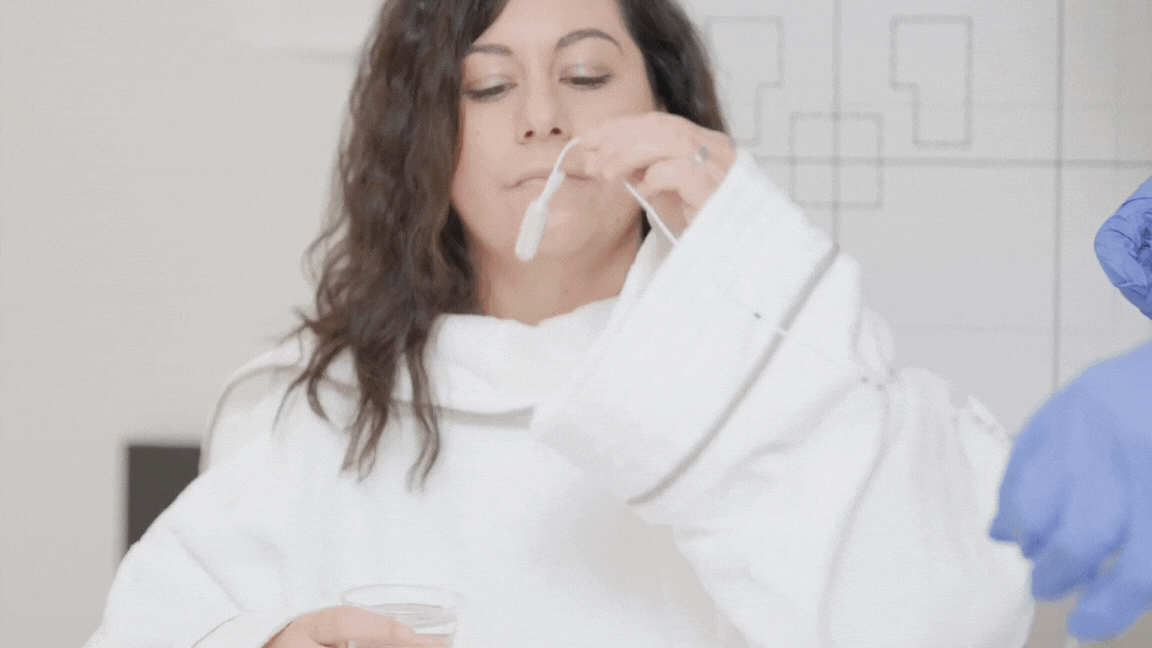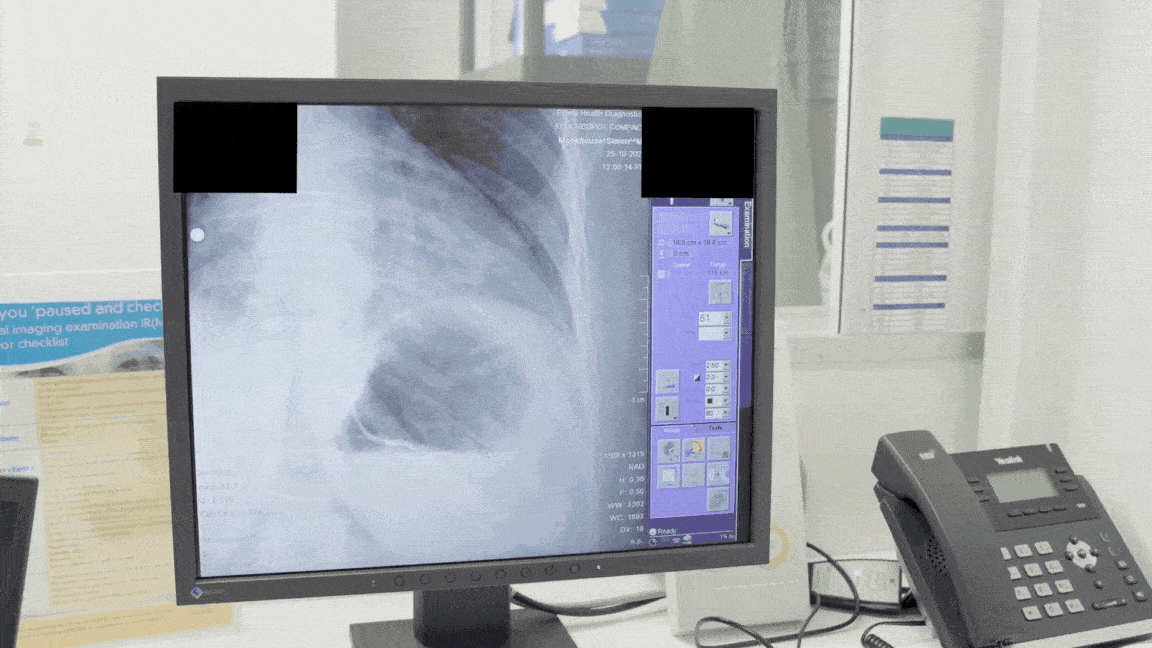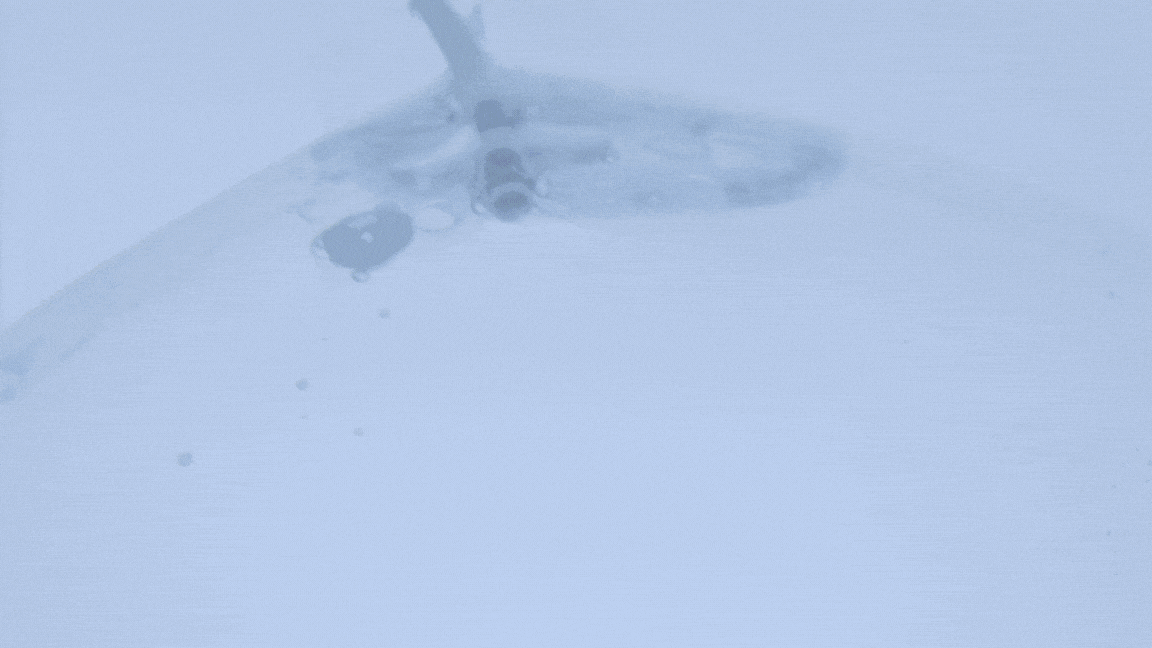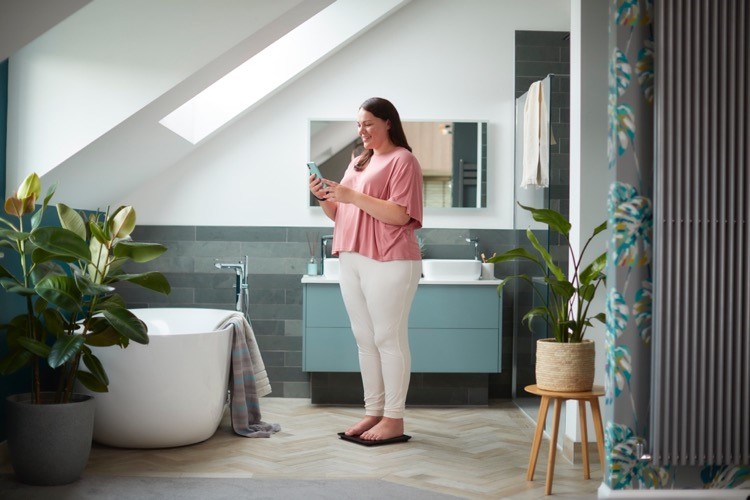How does the Allurion Gastric Balloon work?
A medical device designed to assist with weight loss

How is the Allurion Gastric Balloon placed?
The Allurion Balloon is placed by a certified doctor during an outpatient consultation: no surgery, anaesthesia, or endoscopy required.⁴
99.9% of patients can swallow the capsule independently, or with support from the doctor.¹
![]() Swipe left
Swipe left

You swallow a capsule containing the deflated balloon, attached to a thin tube (catheter).

A first X-ray is done to ensure the capsule is placed correctly in your stomach.

The doctor uses the catheter to fill the balloon with 550ml of liquid.

A second X-ray is done to ensure the balloon is filled correctly.

The catheter is gently removed and the placement is complete. Once your doctor ensures you are comfortable, you may head home.

How is the Allurion Gastric Balloon removed?
The Allurion Balloon is designed to pass naturally. Around four months after placement, a time-activated valve opens, allowing the balloon to deflate. The empty balloon is then passed naturally through the digestive system, with no need for a procedure or removal appointment. ¹,⁴*
*
As with any medical device, rare complications can occur. These may include balloon hyperinflation, bowel obstruction, stomach dilation, or other gastrointestinal issues, which could require medical or surgical intervention. ¹,⁴
The Allurion Balloon and Program may be offered to candidates that meet the following criteria:
- Aged 18 and above
- BMI 27 and above
- Not currently pregnant or breastfeeding
- Have not had stomach or esophageal surgery
This list is not exhaustive; the full list of contraindications is available in the device's instructions for use, which is provided to doctors⁴. Your doctor will examine you and thoroughly review your medical history to confirm your eligibility.

Ready to take the 1st step?
Important information to consider before the placement of an Allurion Gastric Balloon
- The Allurion Balloon is a regulated health product that bears the CE marking in accordance with this regulation. To learn more about the Allurion Balloon, assess the risks and benefits of this solution, read the important safety information, and discuss it with your doctor. Learn more
- The Allurion Gastric Balloon is part of a behaviour modification programme that lasts for a minimum of 6 months, to which you must be fully committed. This device is designed to promote weight loss, but only by committing to changing your eating habits and increasing your physical activity will you be able to achieve and maintain a healthy weight in the long term.
- It is important to note that the Allurion Gastric Balloon may cause adverse events, some of which may require removal by endoscopy. Rare cases of spontaneous hyperinflation, small intestine obstruction, stomach dilation, oesophagitis, pancreatitis, or stomach perforation have been reported, requiring surgical intervention.1,4 Please consult the full list of potential complications available on the page Important Safety Information.
- The Allurion Gastric Balloon is not suitable for all patients. Pregnant individuals or those with a history of oesophageal or stomach surgery, among others, are not eligible for the procedure. The complete list of contraindications can be found in the device's instructions for use provided to doctors. Your doctor will review your medical history and conduct a physical examination to confirm your eligibility for the Allurion Programme.
- It is crucial that each doctor and patient carefully assess the risks and benefits of the treatment before using the Allurion device. To learn more about the Allurion Balloon, its effectiveness, and its tolerability, discuss it with your doctor.
- You must be available for follow-up with your doctor throughout the treatment period, especially if you experience the following symptoms, including but not limited to: persistent nausea, vomiting, dehydration, and/or abdominal pain. If you consult other healthcare professionals, inform them that an intragastric balloon is present. We encourage you to stay close to modern emergency care facilities during the time the balloon is in place, in case serious complications arise.





